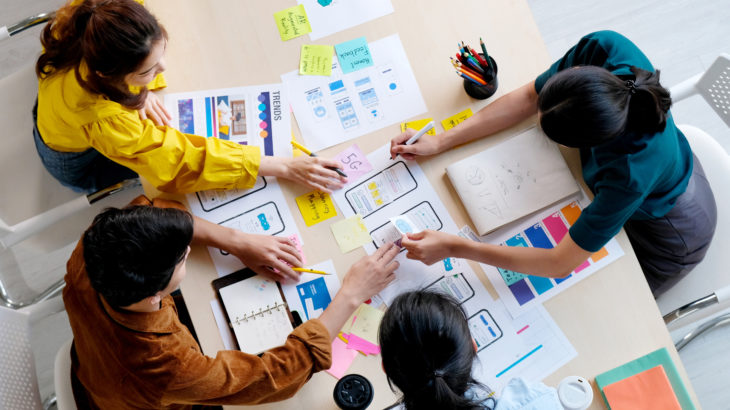Are you interested in rapidly rapid prototyping your ideas? If you are, then you have come to the right place. In this article, I will share my experience to help you reach the next level to create your new product or service.
Rapid prototyping is the ability to quickly generate models using 3D computer-aided design (CAD) and 3D printing.
I used this process extensively as a co-founder of STOHZ. We created an AirPod accessory that gives you a new way to carry your AirPods. With a magnetic pin, you can effortlessly stow your AirPods on your shirt and leave the case behind. Enjoy hassle-free workouts without pockets, and quickly store your AirPods while engaging in conversations or activities.
We grew STOHZ and advanced our rapid prototyping methods by participating in the Master of Business Creation (MBC) program at the University of Utah’s David Eccles School of Business. The program is dedicated to founders like us who want help to turn their startups into profitable and scalable businesses.
Using our version of rapid prototyping, we took STOHZ from a concept to a sellable product in 8 months.
Here are seven tips for you to do the same:
Begin on Paper
Generate as many ideas as possible to serve as a starting point for your hired consultants. This abundance of ideas fuels their creativity and accelerates progress.
Continue with Paper
Piece together your concept using paper, tape, and similar materials before diving into 3D modeling. This approach provides a tactile understanding of how your idea looks and feels. Consider using materials like molder’s clay, plaster of Paris, carved soap, or even Styrofoam from take-out containers to create initial prototypes. These materials facilitate trimming, molding, and provide a better sense of your product.
Leverage an Internal 3D Designer
Boost efficiency by having a team member who is proficient in 3D modeling and capable of grasping and executing your vision directly. Eliminating the need for translation bridges the gap between your creative ideas and tangible designs seamlessly. Also, consider encouraging your creative members to learn the basics of 3D modeling to iterate alongside your hired contractors.
Build a Team Across Multiple Time Zones
Platforms like Fiverr or Upwork offer access to talented designers. Review their portfolios, read reviews, and experiment with fixed-priced bids rather than hourly, especially during the early stages to gauge their abilities, communication skills, and responsiveness. To expedite the process further, consider building a team with members in opposite time zones.
This allows for continuous progress as you provide instructions before going to bed and wake up to modifications they worked on while you were asleep. With this schedule, you have an entire day to reconsider, remodel, print, and test before providing new instructions before bedtime. You can even request multiple slight modifications that can be printed and tested the next day.
Access Affordable 3D Printing
Many 3D modeling consultants have their own design firms and printers. To iterate rapidly, you need cost-effective printing solutions to explore various possibilities without hesitation. Printing expenses should be kept to a minimum. Consider recruiting a student with access to inexpensive 3D printing facilities at their university. This arrangement can provide them with valuable experience while offering you the advantage of affordable printing resources.
Start Rough, Finish Polished
Employ a gradual refinement process for your 3D prints. Begin with cost-effective options and progressively work your way up as you optimize your design. Explore different qualities of 3D prints, such as printing with inexpensive filament coarsely, then finely, SLA prints, and incorporate sanding and coating to achieve the desired level of polish. This iterative process allows you to thoroughly test your product before committing to final injection molds.
Engage Testers Early
Involve testers as soon as possible to gather feedback on the look, feel, and functionality of your prototypes. Introduce cleaner and more refined versions to obtain increasingly valuable insights.
You may even consider selling the 3D printed versions if they meet sufficiently quality standards. Companies like Merit 3D cater to this purpose, allowing you to produce your product without the need for expensive tooling for injection molds.



